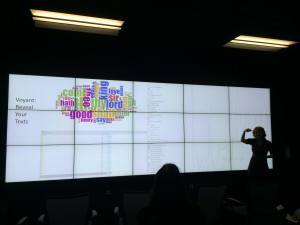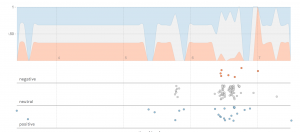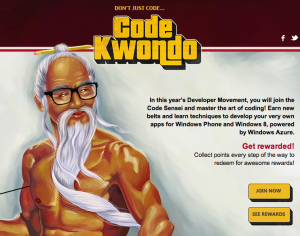Today, I have to say a few words about collaboration at a lunch-time Arts Research Group gathering. I thought I would gather them here:
- First, collaboration needs to be explicitly discussed to go well. Don’t assume that everyone knows who is doing what or that they share your sense of the goals. Err on the side of saying too much too often.
- In some cases a formal charter is a good idea. The iterative design of a project charter for interdisciplinary research.
- One thing you need to work out explicitly is how credit will be apportioned. Discuss it and then follow what you agree to. Always be generous with those with less power than you in the collaboration.
- Collaborations are not necessarily friendships between like-minded folk. Collaborations often cross disciplines and research practices. Collaborations are often between people with different levels of support, power, and engagement. Try to share support with collaborators (if, for example, you get a grant.) Be ethical in your collaborations with those with less power. Be careful not to ask too much of those not engaged in the whole project.
- If you want to collaborate with someone ask them. Invite them out for a coffee and explain what you want to do. Try to figure out how this would be useful for them and build that into the collaboration.
- There are lots of tools you can use for managing communication and collaboration, but none of them are a substitute for regular attention. I frankly find a weekly meeting is the best way to keep things on track.
- There is lots of advice our there on collaboration and even grants to facilitate developing collaboration. Developing a collaboration takes time, so avail yourself of support to do it.



